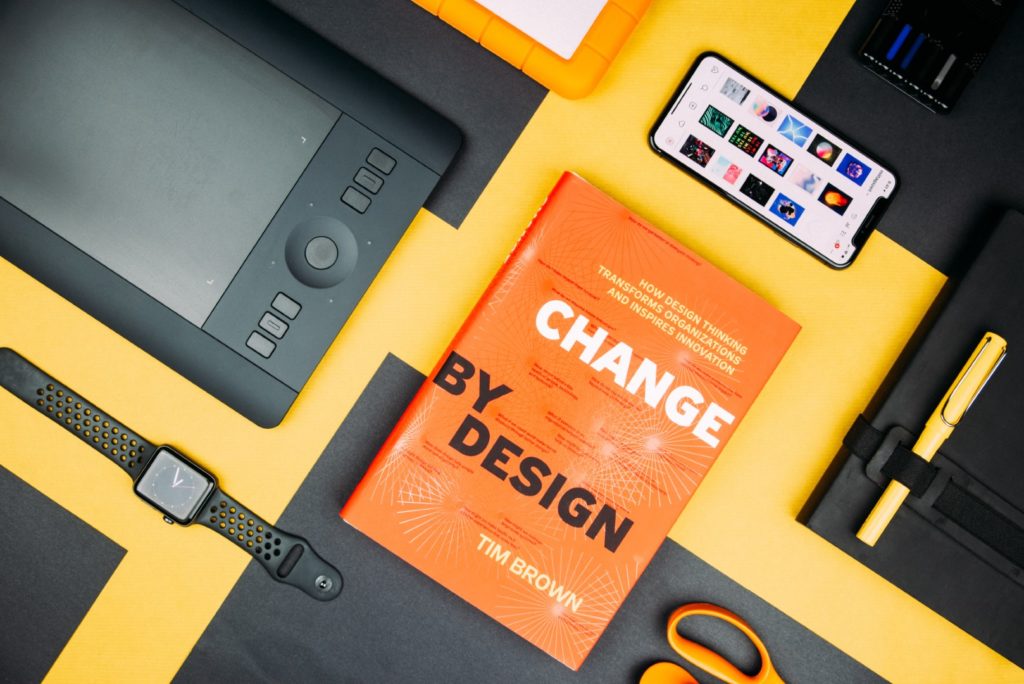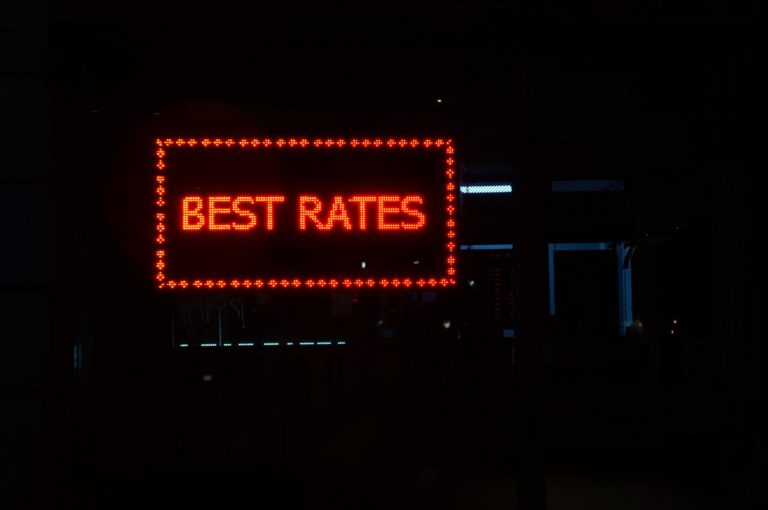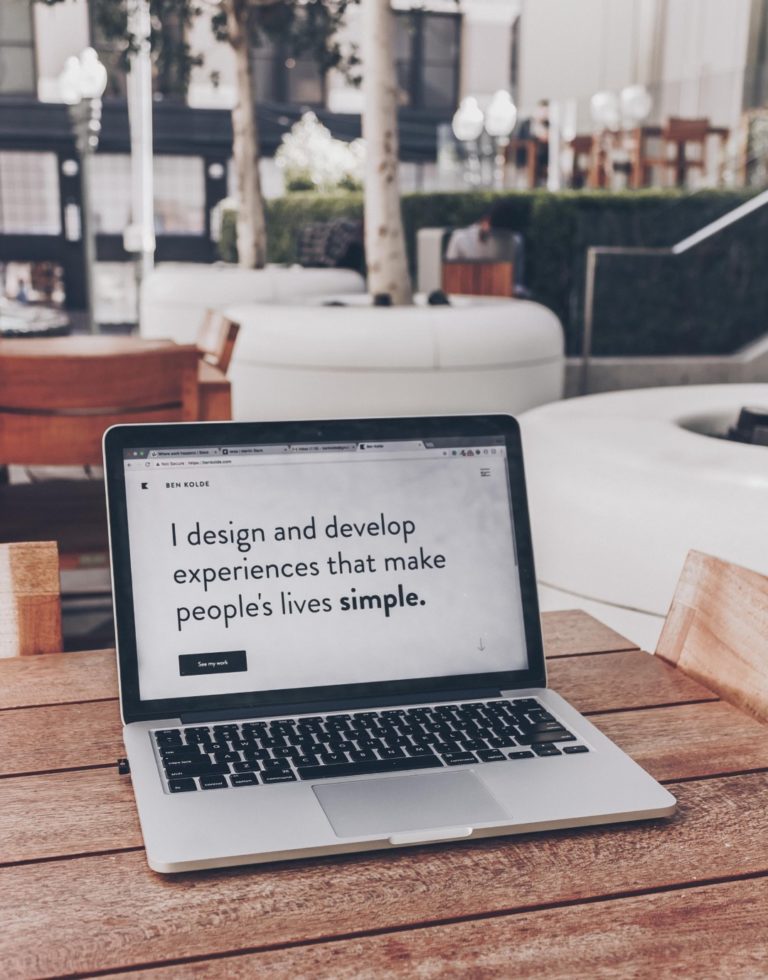
What is conversion oriented design?
Attracting users is the ultimate goal of any online business and as time goes on it becomes more and more valuable. Nowadays, people are overwhelmed with a lot of information, and in order to make the right decisions, they want better ways to filter it. In this article, we will show you methods of persuading users to stay on your website and take certain actions, as well as ways to direct users’ attention to important elements and aspects of your site
Content-centric design is key to encouraging people to sign up for and subscribe to your email lists. Read an article that directly indicates the quality of your leads. But what exactly is content-oriented design? Simply put, it is a design that aims to reduce the number of exit points from your landing pages, leading to more efficient conversion of visitors to potential customers and customers to potential customers. Landing page targeting is always a form of conversion. It can also increase conversions.
In the first part, we will go through some design principles that can help you improve the conversion power of your website and increase the number of your leads.
The right choices
If the purpose of the landing page on your site is not precisely defined, your visitor will not clearly understand what you are offering and this will further tire him. On the other hand, the choice of products and / or services must be varied, so that the visitor has more freedom of choice.
The content of the site must therefore be presented accurately and clearly. The more intuitive your navigation, the less tired the visitor will be and more eager to process your diverse offer.
Attention Ratio is the ratio of links on a landing page to the number of campaign conversion goals. On the web, with a few rare exceptions, you should only have one goal per page. The higher the attention ratio, the higher the risk of “losing” users. On the web, with a few rare exceptions, you should only have one goal per page. The higher the attention ratio, the higher the risk of “losing” users.
Hence the interest of redirecting your marketing campaigns to personalized landing pages and not the homepage of your site (on which there are too many distractions, and therefore a high attention ratio).

Customized landing pages
What you are trying to achieve with your landing page will deeply impact its eventual design and content. Depending on your goal you can choose one of the following landing page design categories:
Lead-generation page – is used to collect personal information and establish contact points to create as many “leads” or “prospects” for your business.
Click-through landing page – if you want to inform existing leads about your new product or offer, link the landing page to where the offer is located, which aims to generate sales by targeting a page that contains more information about your product. While it is imperative here to differentiate yourself from the competition, you will need to adhere to some general rules such as:
- The contrast
Contrast allows an important element to stand out. Adding a red button to a predominantly white environment will make it more visible. Contrast can also be achieved by the size of the element. A large element in the middle surrounded by smaller elements will be more prominent. This may seem obvious and completely logical, but many people forget when designing pages.
- Use the whitespace
Spaces are often forgotten on the Internet. Increasing use of mobile phones increases the value of each pixel on the screen. Everyone wants their own piece of cake, and all the space on the screen must be used to bombard users with information or advertisements. Gaps allow you to “breathe in your page”, but also make it easier to read. If you want to draw attention to an element of your page, just add a little space around it. Spaces and contrasts allow us to read the page better.
- Distraction
Distraction is the enemy of attention. If there are too many actions on your page, the chances of a conversion being reduced are reduced. For example, depending on the context, sharing buttons can increase distraction and cause the opposite effect (i.e. increase user engagement in a negative way).
- Encapsulation
Encapsulation consists of grouping important elements of a page into one frame in order to attract the attention of visitors and make framed elements more visible. In this regard, be careful when positioning your calls to action (CTA – Call to action). an accurate CTA copy that is specific to the offer will be better converted. An action-oriented and precise CTA copy which is specific to the offer will convert better.
- Continuity
A picture is better than a long speech. To get your visitors where you want, sometimes you will have to take them by the hand. Hierarchizing the elements on the page will allow the user to consume your content in the right direction.. You can also use arrows that help to fix the eye of the user. Thanks to the effect of superposition, the arrow, and the color contrast, everything converges towards the button.
- Social proof
As experiments show, people will often follow what others are doing or thinking. This is called the gang effect and you can apply it while designing a website by showing people who have previously subscribed / liked / bought and make it all more visible on social media.

Conversion Oriented Content
Along with conversion-oriented design, website content drives your audience by forcing them to take appropriate action. Content goes hand in hand with the fantastic design of your landing pages, very important for successful marketing. Here are some practical tricks to help you create good content for writing, attract and retain visitors.
Interactive writing
Web writing is also practicing the art of persuasion by adopting interactive writing. That is to say, writing that pushes its reader-user to take action. To engage targets further in the purchase or membership decision, it is, therefore, necessary to be able to communicate messages with high conversational potential. With function-oriented incentives, meeting needs, problem solving, identification, or even emotional investment, we can unequivocally invite users to enrich their user experience.
Use powered words
Conversion-oriented writing should not neglect the emotional component that is directly related to the decision-making process. To paint a vivid picture of your product, use the right words in the right context. This way you can provoke the desired emotional response, in line with any goal of the conversion.
The importance of first paragraphs
If you want to attract the attention of visitors from the start, you will have to follow the inverted-pyramid style of writing, giving the most relevant information from the very beginning..
Write for fifth-graders
You need to eliminate complicated words from your content. Use jargon sparingly but effectively, trying to show readers that you are “one of them” and to understand their problems. Generally speaking, try writing for a 13-year-old audience using short sentences, short paragraphs, and fine-tuned titles. Keep in mind that asking titles get five times more clicks than untitled titles!
Conclusion
A good content-focused design is a design that: limits interference, reassures, is consistent, and directs the user to the goal. And if these principles have been tested and approved, nothing is 100% predictable, so consider testing AB changes on your landing pages until you find a formula that is well-suited to your business purposes and goals.
